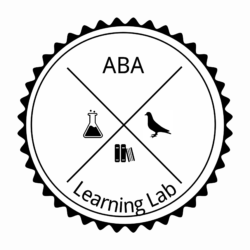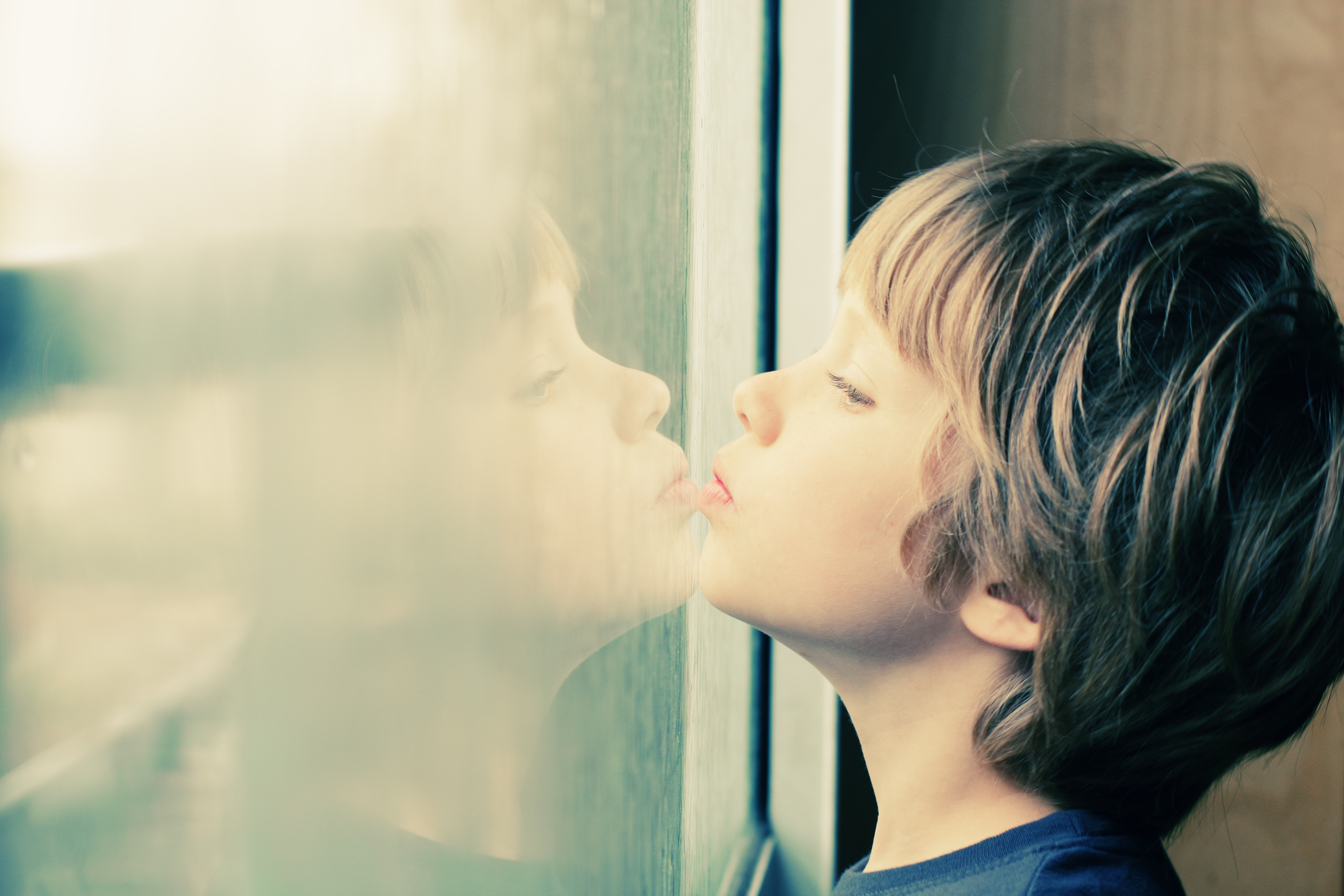Connecting Special Needs and Safety:
What parents can do to keep our kids safe
By Angela Nelson, MS, BCBA
We’ve all heard of “baby-proofing,” wearing a helmet, looking “both ways,” or even putting a gate around the pool. These actions are pretty standard and aren’t usually too difficult. When it comes to ensuring the safety of our children with special needs or disabilities, this can take more thought, consideration, and perhaps some in-depth teaching. We have seen the unfortunate stories and events that have necessitated actions such as Kevin and Avonte’s law (see more at: http://autismsafetycoalition.org/avontes-law/) and parents of special needs children are committed to keeping their loved ones safe. It’s never too late to begin or reassess your strategy for preventing accidents or dangerous situations from occurring. Here’s a 3-step approach that’s worth considering:
Planning
One trick to ensuring your child’s safety is to make a plan. Think, “What are the unique concerns or dangers for MY child?” Every child is different and so too are the supports that are needed to protect each child. Keep in mind that the plan will need to be revised periodically as your child ages. Some children are at risk for wandering from their home and are unable to communicate with safety officials. Others may be highly verbal but impulsive and prone to taking risks, which present a completely different set of worries for parents. Here are a few considerations for planning (see more at: http://www.cdc.gov/ncbddd/disabilityandsafety/child-safety.html):
- If your child has challenges with mobility, vision, hearing, or sensory issues- think about the physical environment. Are there ramps and hand rails available for your child to easily navigate? Is your home free of hanging cords, tripping hazards, or small objects that may be put into your child’s mouth? Do you have smoke alarms with vibration and light signals that can alert danger? Put yourself in your child’s shoes and from that lens, look at your house for red flags. This also applies to when you’re at someone else’s house.
- If your child has challenges making decisions or with impulsivity- similar to above, take a tour of your house with your child in mind, and remove or lock up any hazardous items. Would those scissors in your desk be better kept in a locked cabinet? Review safety instructions with your child and provide examples/scenarios, especially if he or she has a difficult time deciding whether situations or people may be safe or dangerous. Reinforce and highlight the “safe” choices your child makes on a regular basis.
- If your child has challenges speaking and understanding- think about alternate ways for your child to convey danger (e.g., a whistle, pictures). Practicing and modeling (more on this below) can provide different ways of teaching safe verse dangerous situations. Since wandering is also a concern for many parents, consider securing your home, having your child wear an ID bracelet, teaching your child to swim, installing alarms for doors and windows, and rearranging furniture to a safer layout (away from windows).
Teaching
A big part of carrying out a safety plan will include teaching your child how to be safe. Some children are receptive to simple explanations while others may benefit from more creative or systematic methods. Using visuals is a common and simple strategy used by many parents. For example, taking a picture of each step involved in crossing the street safely, broken down into several components, can help a child who needs more teaching than simply observing others. Other parents use social stories, or stories written about the child who is learning a new skill (e.g., “My Safe Bike Riding Story). Parents will use their child’s name as the main character and incorporate rules and guidance into a fun and engaging picture story. Video modeling is another strategy, also rooted in research, where parents film themselves or a sibling performing a skill or scenario (e.g., what to do if a stranger approaches them) and the child can watch it as many times as needed.
You also can’t underestimate the use of good ol’ practice! Some children require repetition and it pays to be patient in these circumstances. Having a child practice how to turn on the faucet, and test with one finger, for example, may take 20 tries to get it right but it’s worth it to have peace of mind that your child can independently wash his or her hands without getting burned.
Sharing
The third part of your safety strategy can include connecting with others who support and interact with your child. Close family and those who care for your child regularly should be well aware of the potential dangers your child may face and how to proactively avoid them. Occasional babysitters may have no idea what is considered a hazard for your child. Connecting with teachers to brainstorm ways to keep your child safe at school is crucial. Also, while law enforcement and emergency responders have increased their understanding of special needs over recent years, it may benefit your child to connect with such agencies, and explain your child’s characteristics and share contact information just in case there is a need to interact with them in the future.
As we’re now thinking about safety and our children, I encourage you to assess your current strategy. Make a plan, focus on what skills your child needs to learn to prevent accidents or injuries, and share with others. Being proactive and thinking ahead could turn out to be a lifesaver.

